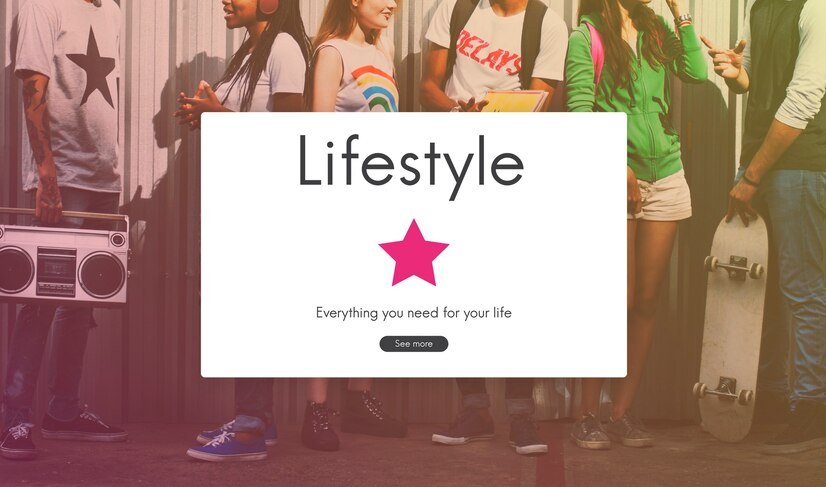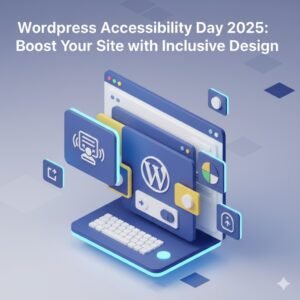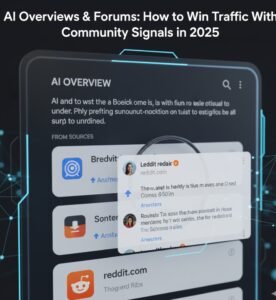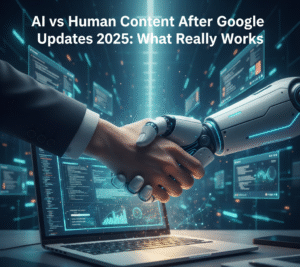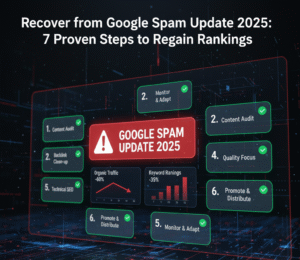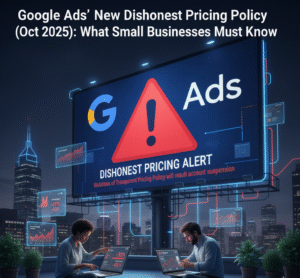Introduction
In 2025, social media advertising costs are essential for businesses looking to reach their target audience, build brand recognition, and drive revenue. However, understanding the cost of social media advertising services can be challenging, as it depends on multiple factors like platform choice, ad type, targeting, and campaign goals. This article unpacks these costs to help you make informed budget decisions that maximize returns on investment (ROI).
1. Overview of Social Media Advertising
Social media advertising involves using paid ads on platforms like Facebook, Instagram, LinkedIn, and Twitter to connect with specific audience segments. The goal is to increase brand visibility, attract new customers, and drive engagement. By using data-driven targeting options, businesses can reach people based on demographics, interests, or behaviors, making social media advertising one of the most effective digital marketing methods.
2. Factors Influencing Social Media Advertising Costs
Several factors play a role in determining social media advertising costs, and understanding each can help you develop a more effective budget. Here’s a breakdown:
Platform Choice
Different platforms have unique pricing models and audience segments. For example:
- Facebook: Generally cost-effective, with a CPC (Cost Per Click) averaging around $0.97.
- Instagram: Slightly higher costs, often used for visual-heavy campaigns; CPM (Cost Per Mille or cost per 1,000 impressions) here averages $3.00.
- LinkedIn: Known for its high costs, especially in B2B advertising, with CPCs averaging $5.26.
Choosing the best platform depends on understanding your target audience and aligning it with your campaign objectives. A company focused on B2B services might prioritize LinkedIn, while e-commerce businesses could find Instagram a better fit.
Ad Type and Format
Social media platforms offer multiple ad types, including image ads, carousel ads, video ads, and story ads. The cost of an ad format can vary significantly:
- Image and Carousel Ads: Generally cost less per click and work well for straightforward promotional messages.
- Video Ads: Higher engagement but often require a higher budget for production and placement.
- Story Ads: Known for high engagement rates, these ads are particularly effective on Instagram and Facebook for brands targeting younger audiences.
Audience Targeting
The degree of detail in audience targeting can greatly influence your advertising costs. For instance, narrowing down your audience by location, age, or interests generally increases costs but also improves the quality of engagement.
Bidding Model
Most platforms use two primary bidding models:
- CPC (Cost Per Click): You pay only when someone clicks on your ad, a good choice if you prioritize driving traffic.
- CPM (Cost Per Thousand Impressions): Pay for impressions rather than clicks, ideal for building brand awareness.
Selecting the right bidding model based on campaign goals can help in optimizing costs and ensuring efficient ad spending.
3. Common Pricing Models for Social Media Advertising Services
When working with a social media advertising agency, you’ll likely encounter a few standard pricing models:
Monthly Management Fees
Most agencies charge a monthly fee to manage your advertising campaigns, typically ranging between $500 and $5,000, depending on the complexity and scope of services provided. This fee generally covers campaign planning, ad creation, audience targeting, and ongoing performance tracking.
Platform-Specific Budgets
Aside from agency fees, businesses must budget for actual ad costs on platforms like Facebook, Instagram, or LinkedIn. The total cost depends on factors like daily budget limits, ad placements, and platform pricing trends.
Creative Costs
In addition to management and platform fees, creative costs (design, video production, and copywriting) can add to the total investment. While this can range from a few hundred to several thousand dollars, creating high-quality ad content is crucial for effective audience engagement.
4. Industry-Specific Costs and Examples
Social media advertising costs can vary widely depending on the industry. Here’s a general breakdown:
- Small Businesses: Often budget around $500-$2,000 per month for social media ads.
- E-Commerce: Due to the competitive nature, budgets might start at $1,000 and can go higher based on target revenue goals.
- B2B: On LinkedIn, B2B companies typically allocate larger budgets ($2,000+ monthly) to achieve optimal reach.
For example, a local coffee shop that worked with an advertising agency to promote special events found that a monthly investment of $1,200 increased their foot traffic by 30% within the first quarter.
5. Maximizing ROI in Social Media Advertising
Regardless of the budget, maximizing ROI is crucial. Here are some tips:
Optimize Ad Creatives
High-quality, compelling visuals and copy are essential for attracting attention and encouraging engagement. Invest in professional design and concise, persuasive copy that resonates with your audience.
Run Regular A/B Tests
Testing different ad variations (A/B testing) can help determine which creatives and targeting options perform best, helping you optimize for better engagement and lower CPC over time.
Segment Your Audience
By segmenting your audience, you can tailor ads to specific customer profiles, which often results in higher engagement and conversion rates. For example, a beauty salon could create separate ads targeting different age groups or customer interests for improved effectiveness.
6. Is Social Media Advertising Worth the Investment?
For most businesses, social media advertising offers substantial opportunities for growth and brand development. From increasing website traffic to nurturing customer loyalty, social media ads can provide a significant ROI when managed strategically.
If your goal is brand awareness, focus on platforms with high engagement rates, such as Instagram or Facebook. For more B2B-oriented goals, LinkedIn offers a targeted approach to reach decision-makers.

Conclusion
Social media advertising costs in 2025 vary based on platform, ad type, targeting, and industry. Whether you’re a small business aiming to expand locally or a larger company looking to scale, understanding these cost factors helps you make better budget decisions. By leveraging creative ad formats, strategic targeting, and consistent optimization, businesses can unlock the full potential of social media advertising to drive growth and achieve marketing goals.
Read more>> https://ranupatelwebexpert.com/how-to-generate-leads-for-your-healthcare-business-through-seo

